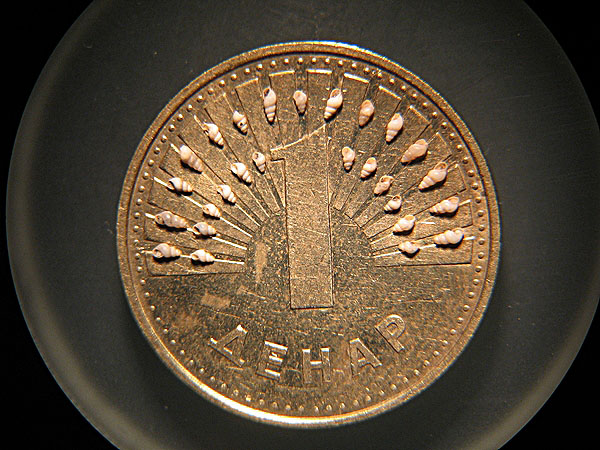Thracian Shad (Alosa vistonica)
The Thracian Shad, described in 1986, is, or was, restricted to a single shallow lake, Lake Vistonida in Greece.
The species is highly threatened by sewage, industrial effluents, as well as the destruction of its spawning sites by agricultural development and increased salinity following the opening of a canal into the sea. The species is most likely already extinct.
***
The photo below shows another congeneric species from the Mediterranean, the Twait Shad (Alosa fallax (Lacepede)).
*********************

Photo: Paulo C. Alves
https://www.inaturalist.org/people/pcalves
http://creativecommons.org/licenses/by-nc/4.0/
*********************
edited: 14.01.2024

